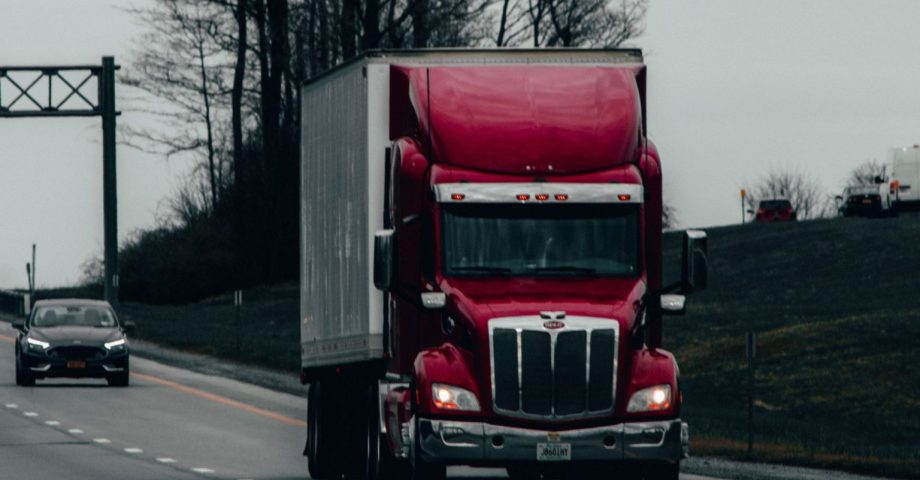You can find trucks on our roads and highways. They’re essential for delivering things like food, goods, and materials.
But as we know, trucks aren’t like regular cars. They’re larger, heavier, and harder to control, and because of that, they pose some unique risks on the road that we all need to be aware of.
The top 18-wheeler accident attorneys can explain everything about the legal aspects if you’re ever involved in an accident with any of these big rigs.
Nonetheless, in this article, we’ll be dissecting the top four factors that make a truck dangerous.
1. Manoeuvrability
When we talk about trucks, we’re talking about vehicles that are often ten times heavier than a car and much longer. This massive size impacts how they move in every way, including how they turn, how they stop, and how they handle quick changes.
Most cars have the ability to stop suddenly if need be. Trucks can’t do that. If they need to come to a sudden stop, they need a long stretch of road to actually bring that much weight to a halt. And if they can’t stop, a collision is very likely to happen.
And on top of that, there are huge blind spots. Trucks have large sections around them where the driver can’t see what’s happening, which means that any car, cyclist, or pedestrian in that space is basically invisible to the truck driver.
This combination (needing more room to stop, turn, and not being able to see all around them) means that if you’re driving near a truck, you’ve got to stay out of its blind spots and give it a lot more space than you would with another car.

2. Cargo Issues
Trucks usually carry cargo that literally weighs tons. The cargo can shift, sway, or, in some cases, even spill. Trucks are loaded with everything from groceries to heavy machinery, building supplies, and sometimes hazardous materials like chemicals or fuel. Each type of cargo has its own risks, especially if it’s not properly loaded or secured.
The weight of cargo also affects how long it takes for a truck to stop or how stable it is on the road. Heavier loads mean longer stopping times, more wear on the brakes, and a much greater risk if the truck loses control.
3. Inadequate Driver Training
Driving a truck isn’t like driving a regular car. It takes a lot more skill and experience, not just to handle the vehicle itself but to manage things like long hours, unpredictable weather, and emergency situations.
The problem now is the fact that not every truck driver is given the training they really need to be safe on the road.
Many truck drivers have to meet tight schedules, which means they are forced to cover huge distances in limited time. Because of this, some companies end up hiring drivers without ensuring they have enough experience or training.
Good truck drivers know how to handle their vehicles in different conditions and situations, be it rain, snow, sharp turns, or even a tire blowout. But when a driver lacks the training they need, they’re more likely to make critical mistakes.
Fatigue is also a big issue for truck drivers. These are people who are often driving long hours, sometimes even skipping breaks to meet deadlines. When a driver is exhausted, their reaction times slow down big time, and their ability to handle the truck in an emergency drops.
It’s not that these drivers are intentionally being unsafe; it’s just that the job demands can push them beyond what’s reasonable.

4. Highway Conditions
The last major factor is the road itself. Not every road is built to handle trucks, and bad weather makes things even more complicated.
Potholes, uneven lanes, or roads under construction make it harder for trucks to stay steady. When a truck hits a large pothole, it can lurch or swerve, which might cause it to lose control or lead to a rollover, especially if the truck is fully loaded.
The larger and heavier the truck, the more the road conditions matter. Anything that shakes the truck’s balance can be enough to cause a major accident.
Weather is another big factor. Trucks are already hard to control, so when roads are wet, icy, or covered in snow, that difficulty increases by a significant amount.










